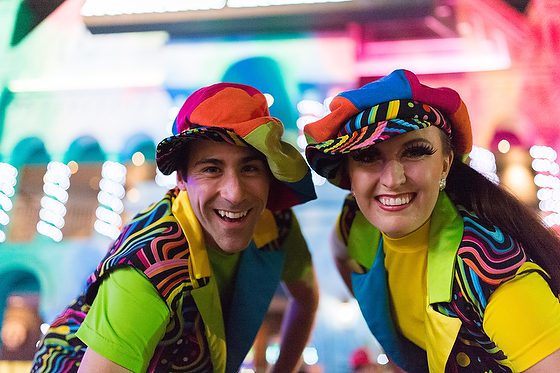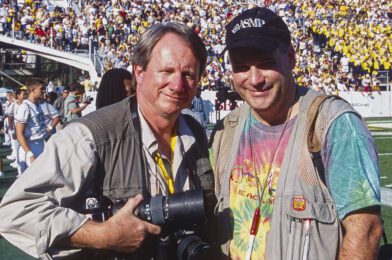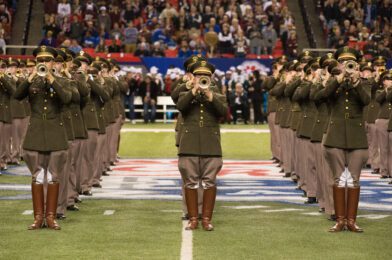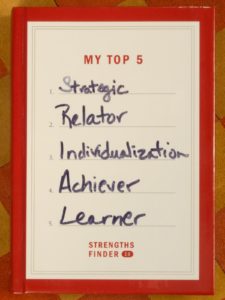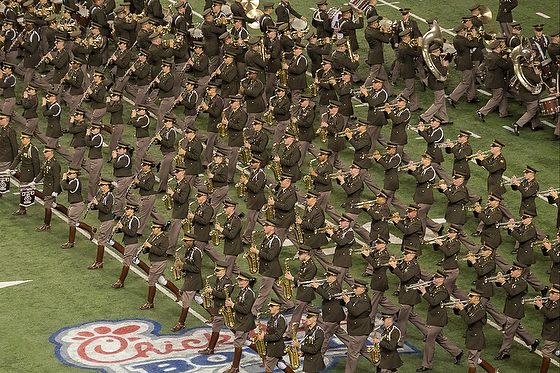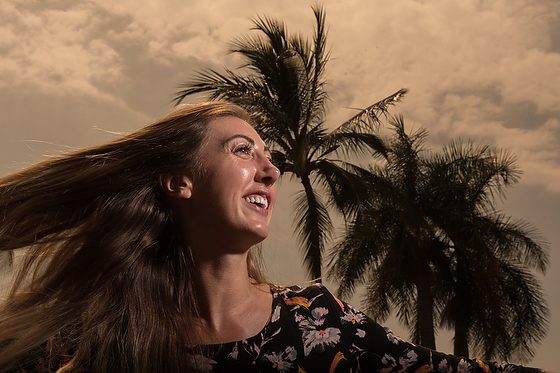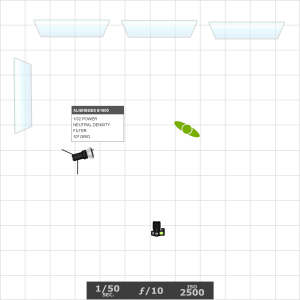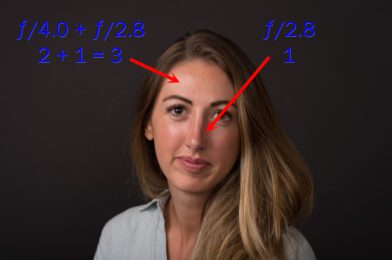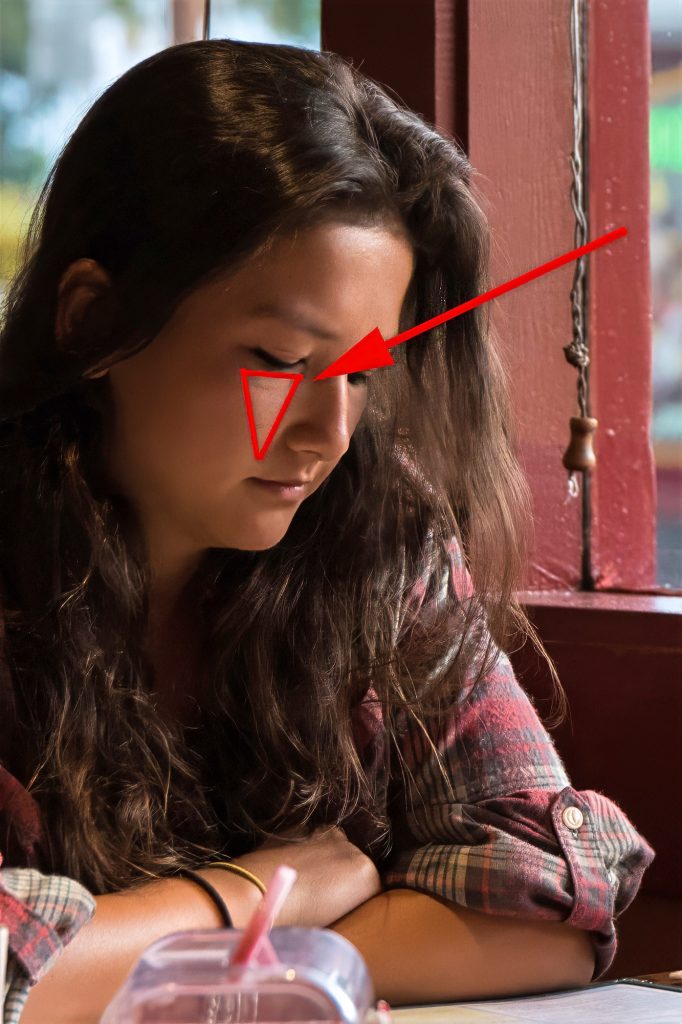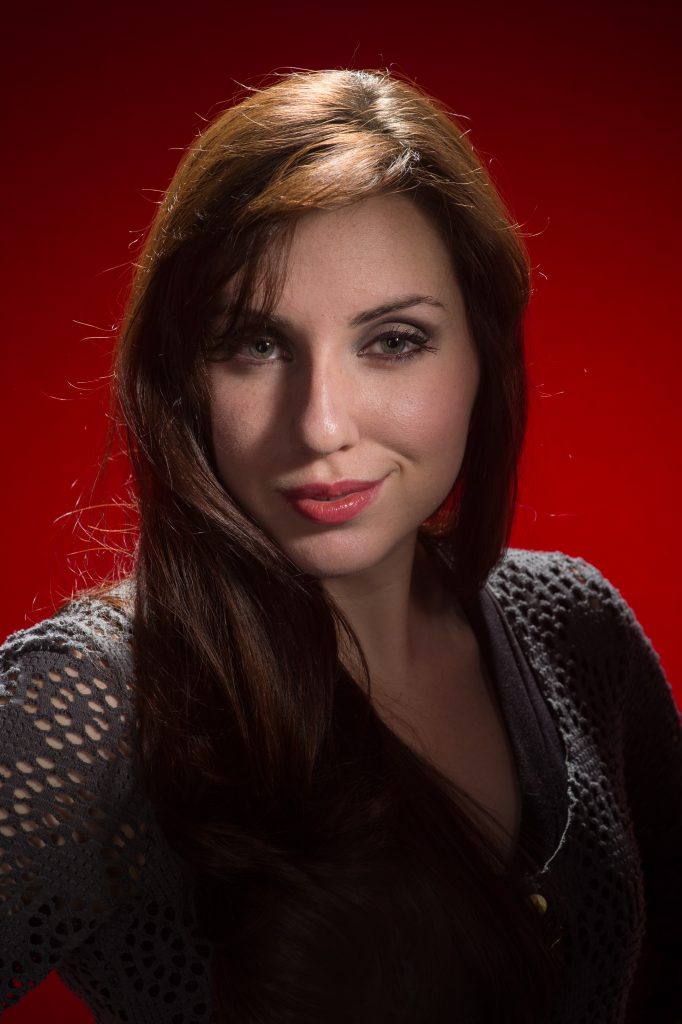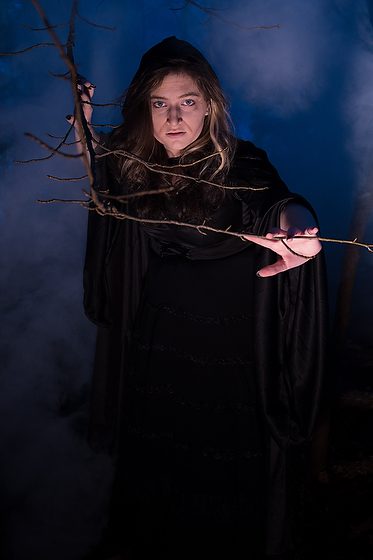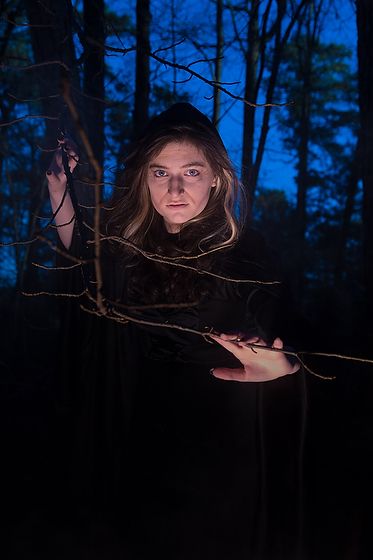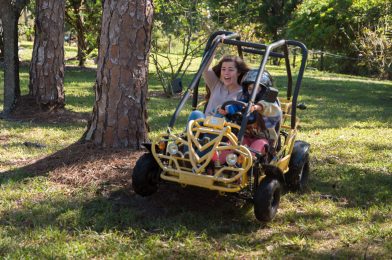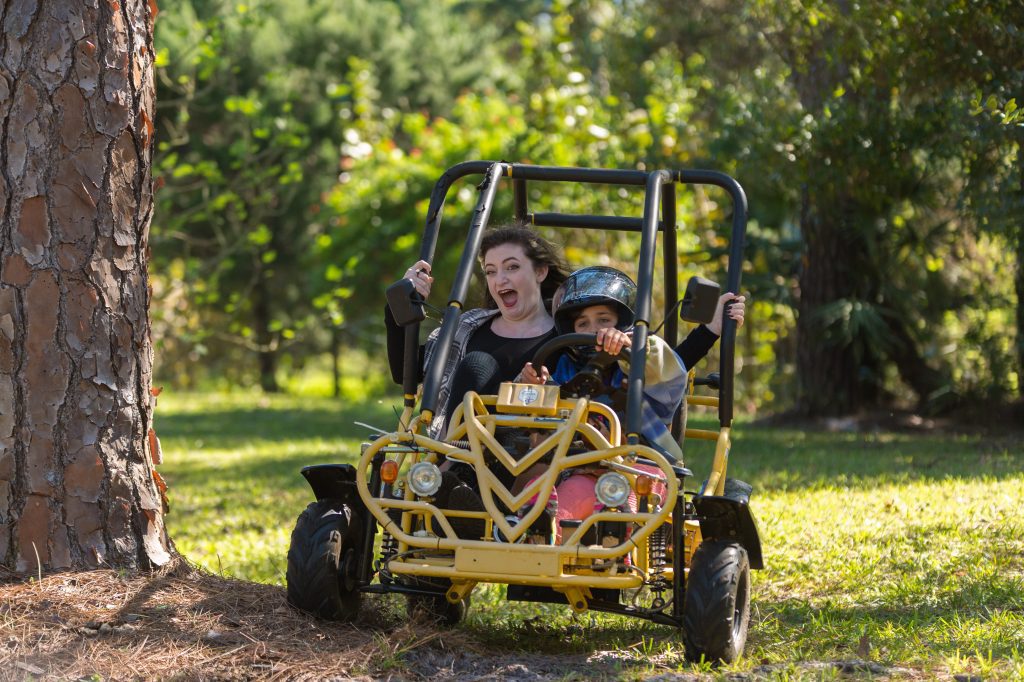| Nikon D750, Sigma 24-105mm f/4 DG OS HSM Art Lens, ISO 5000, ƒ/4, 1/100 |
I have been at the Southwestern Photojournalism Conference for the past few days. Through the years, many who have attended the conference have been members of either NPPA or ASMP. Many like myself have been members of both organizations.
Don Winslow is the editor of the News Photographer Magazine for NPPA and is in the photo above. I commented to him about how we should combine the two organizations. Don said that sounds like a great blog post.
 |
| Nikon D750, Sigma 24-105mm f/4 DG OS HSM Art Lens, ISO 3600, ƒ/4, 1/250 |
I am tired of being a naysayer about things in the industry. I can continue to be a whiner about the changes I don’t like, or I can put forth this idea that many of my friends and I have discussed through the years.
I think their members should combine them because when I looked around the room, I saw people like Stacy Pearsall, Anacleto Rapping, Brad Smith, and Dave Black, and none of them were the staff. They are now all freelancers or, a better term, independent contractors.
The most significant difference between the two organizations is that NPPA was primarily staff photographers and ASMP was freelancers.
In an earlier blog post, I wrote:
You’ve probably heard that by 2020, 40% of the U.S. workforce will be independent workers. Today, there are already 53 million Americans (34% of the workforce) that fall into this category. That number is growing based on a number of factors. Some from employers who see this as a better choice and many employees who want more control over their lives as well.
Chauncy Lennon, who runs JPMorgan’s workforce initiatives said:
“The workforce of the past was organized around company. The workforce of the future is organized around the worker. If we can’t find the right people, it’s going to hurt our bottom line.”
 |
| Nikon D750, Sigma 24-105mm f/4 DG OS HSM Art Lens, ISO 100, ƒ/4, 1/640 |
Many NPPA members like Bill Bangham [pictured above] are joining ASMP for similar reasons I did so back in 1987. They see how important it is to help the freelancer.
NPPA has had to catch up with ASMP to help its members understand business practices.
Due to the decline of staff jobs and even the number of independent photographers, these two organizations have fewer members. At one time, the NPPA had a membership of 15,000+; today, they are closer to 5,000.
I believe that the members of both organizations have more in common than different and, therefore, would benefit from combining the two organizations.
How all this would happen, I do not have that worked out in my head, but I know they need each other more today than at any additional time.
I do know that one of the biggest hurdles to overcome is the cost of membership. We have so many NPPA members living in poverty or so close that every little penny counts.
 |
| Nikon D750, Sigma 24-105mm f/4 DG OS HSM Art Lens, ISO 6400, ƒ/4, 1/100 |
Here is Anacleto Rapping teaching a class at the workshop. He has always been on staff like the LA Times and Brooks Institute before the past couple of years, having to run his own business. We need his talent and knowledge to help grow our industry.
Many NPPA members make around $24,000 salary. Without employers paying their dues, they don’t have the funds to join.
I know the cost of ASMP membership is well worth it for the freelancer. It is more valuable early in your career since they can help you navigate the business aspect better than you going alone.
Since the executive director of ASMP was on the board of NPPA and NPPA needs an executive director, why not just combine the two organizations and let Tom Kennedy and the boards help lead us to a healthier organization than two struggling organizations?







